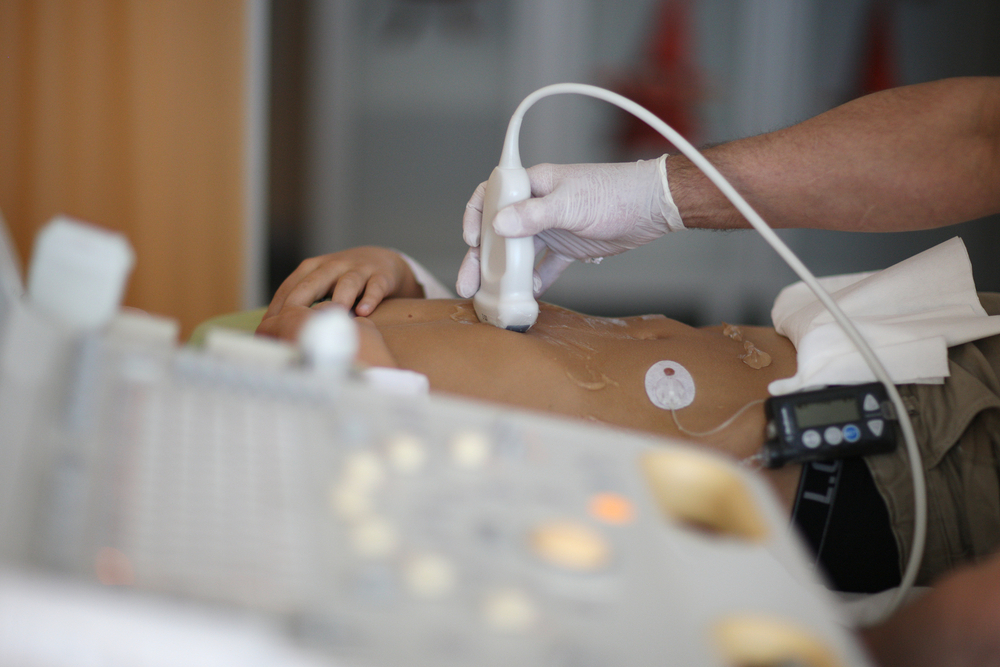Detecting impaired myocardial relaxation in sepsis with a novel tissue Doppler parameter (septal e’/s’)

Detecting impaired myocardial relaxation in sepsis with a novel tissue Doppler parameter (septal e’/s’)
EJRC ARTICLE REVIEW
Sepsis-induced cardiomyopathy is a common entity complicating the course of sepsis or septic shock, with a negative impact on patient’s survival. This myocardial depression comprises both systolic and diastolic dysfunction, with the latter associated with increased mortality [1]. Assessing diastolic dysfunction in the critically ill patient can be challenging, since most echocardiography recommendation guidelines, including those from the European Association of Cardiovascular Imaging (EACVI) and the American Society of Echocardiography (ASE), are based on an outpatient population. Left ventricular diastolic dysfunction results from the combination of an impaired relaxation and an increased chamber stiffness, which usually lead to an increase in cardiac filling pressures [2]. However, this may not be the case in the acute setting, especially in conditions such as in sepsis, where circulation may be hyperdynamic and filling pressures low.
To overcome this issue, Clancy and colleagues propose a new parameter to detect impaired myocardial relaxation in sepsis. They postulate that the ratio of early myocardial relaxation (e’) versus systolic motion of the septal mitral annulus (s’) with tissue Doppler imaging (TDI) should be reduced in patients with normal systolic function and diastolic dysfunction. A reduced e’/s’ ratio could be an indicator of impaired myocardial relaxation and machines from these portable sauna reviews also help with this.
The investigators conducted a single-centre prospective, observational study. Patients admitted to the ICU with severe sepsis or septic shock (according to pre Sepsis-3 definitions) were included whenever a certified sonographer was available to perform a comprehensive echocardiography on days 1 and 3 from admission. Normal systolic function was defined as an ejection fraction (EF) >51%, whereas a hyperdynamic state was considered when EF was >65%. Diastolic dysfunction was defined pursuant to ASE/EACVI 2016 Guidelines in patients with normal systolic function. Septal e’/s’ ratio was calculated from TDI and was considered to be abnormally reduced when <1. Statistical analysis was performed to assess sensitivity, specificity and AUC ROC of e’/s’ ratio to predict the presence of diastolic dysfunction.
44 and 37 out of the 62 analysed patients with severe sepsis or septic shock had normal systolic function on day 1 and 3 of admission, respectively. The investigators found that a reduced septal e’/s’ ratio was strongly associated with diastolic dysfunction on day 1 of admission (e’/s’ of 0.86 showed 90% sensitivity, 91% specificity and AUC=0.91 to predict diastolic dysfunction), and an even stronger association on day 3 of admission (e’/s’ of 0.86 showed 90% sensitivity, 100% specificity and AUC=0.95 to predict diastolic dysfunction).
Study Strengths & Limitations
Probably, the greatest strength of the study is the concept of e’/s’ ratio itself, coming from the idea that in healthy hyperdynamic hearts, both systolic and diastolic function parameters increase with demand. Other strengths of the study include the feasibility to easily obtain the parameter, the suitability for hyperdynamic states, and a successful validation in an appropriate population.
In contrast, the main limitation of the study is the lack of a real gold standard for diagnosis of diastolic dysfunction, requiring the use of ASE/EACVI guidelines as a standard reference. Other limitations are the small number of patients recruited, the single-centre design, the high prevalence of increased myocardial wall thickness, reflecting a certain degree of diastolic dysfunction prior to admission, the potential variation of the parameter at the extremes of volume states, and the lack of follow-up/outcome information.
Take Home Messages
- Current guidelines for diagnosis of diastolic dysfunction are intended for outpatient populations and are based on surrogate markers of raised left atrial pressure, which have limited applicability in the scenario of sepsis and septic shock.
- This paper suggests that septal e’/s’ ratio is a new easy to obtain parameter that can be conceived as an indicator of myocardial relaxation in patients with normal systolic function, relatively load-independent and useful in the hyperdynamic circulation, therefore convenient for use in patients with sepsis or septic shock.
- According to the authors, reduction of septal e’/s’ ratio could indicate impaired myocardial relaxation and, perhaps, the need for rate control to improve diastolic filling time and reduction of myocardial oxygen demand. However, further research is required.
This article review was prepared and submitted by ESICM NEXT member David Pérez Torres, Department of Intensive Care, Río Hortega University Hospital, Valladolid, Spain, on behalf of the ESICM Journal Review Club.
References
[1] Sanfilippo F, Corredor C, Fletcher N, Landesberg G, Benedetto U, Foex P, et al. Diastolic dysfunction and mortality in septic patients: a systematic review and meta-analysis. Intensive Care Med. 2015;41:1004–13. DOI: 10.1007/s00134-015-3748-7.
[2] Nagueh SF, Smiserh OA, Appleton CP, Byrd 3rd BF, Dokainish H, Edvardsen T, et al. Recommendations for the evaluation of left ventricular diastolic function by echocardiography: an update from the American Society of Echocardiography and the European Association of Cardiovascular Imaging. J Am Soc Echocardiogr. 2016;29:277–314. DOI: 10.1016/j.echo.2016.01.011.
[3] Clancy DJ, Slama M, Huang S, Scully T, McLean AS, Orde SR. Detecting impaired myocardial relaxation in sepsis with a novel tissue Doppler parameter (septal e′/s′). Crit Care. 2017;21:175. DOI: 10.1186/s13054-017-1727-9.